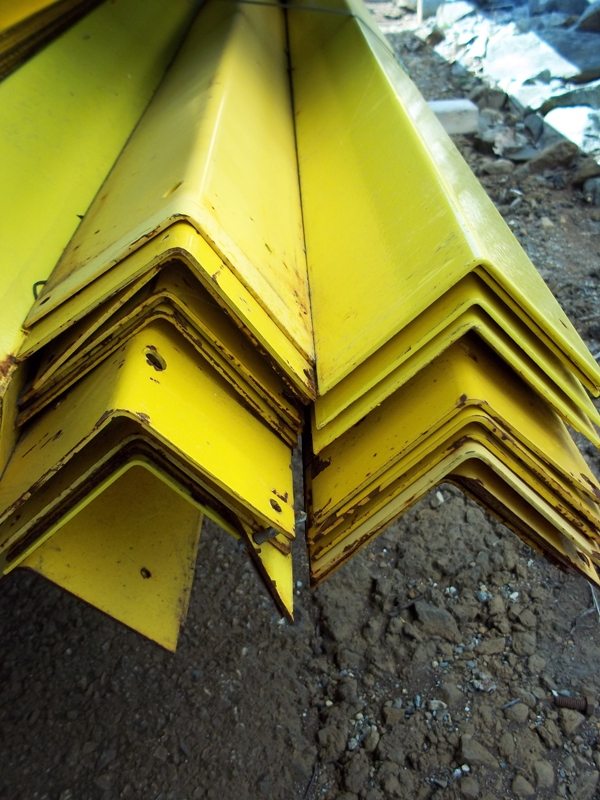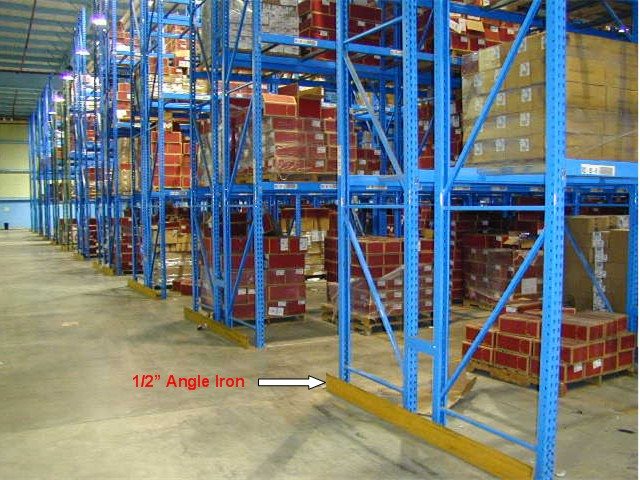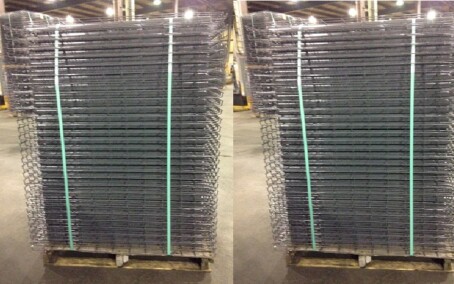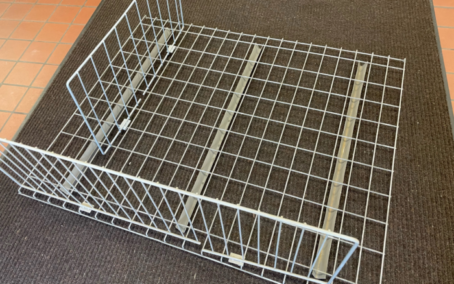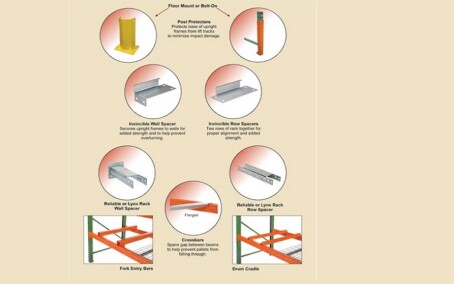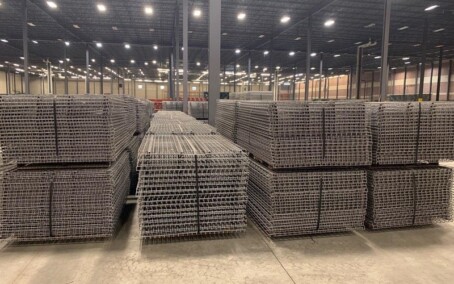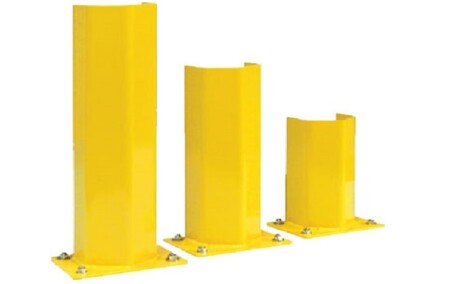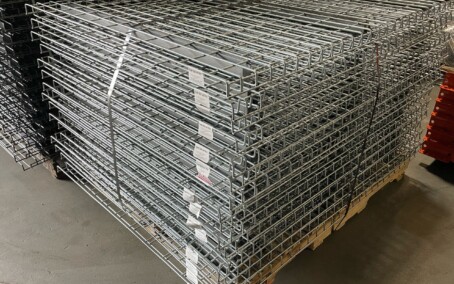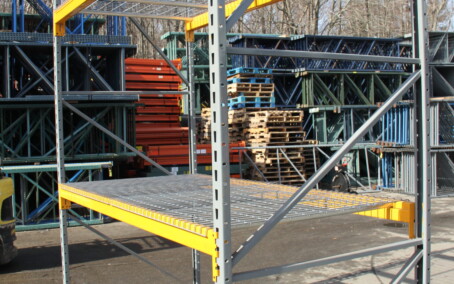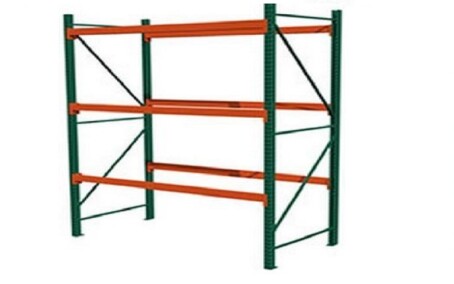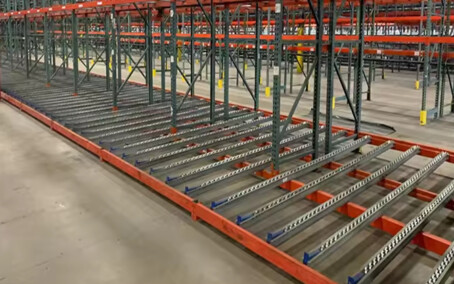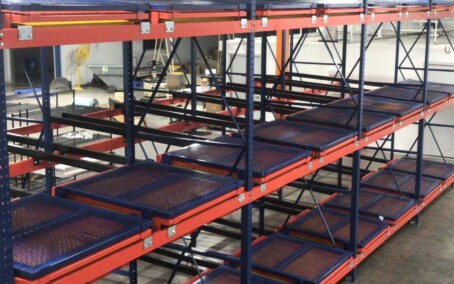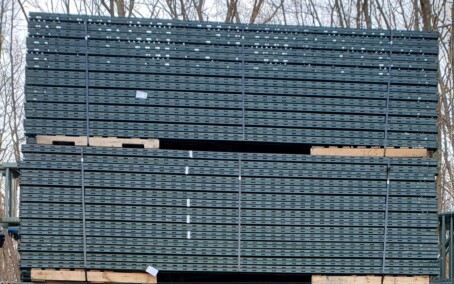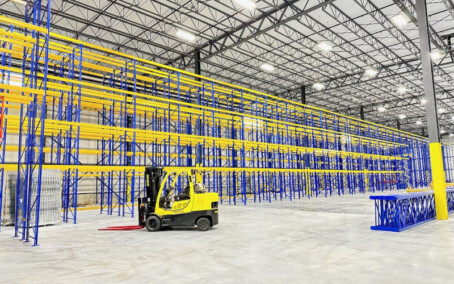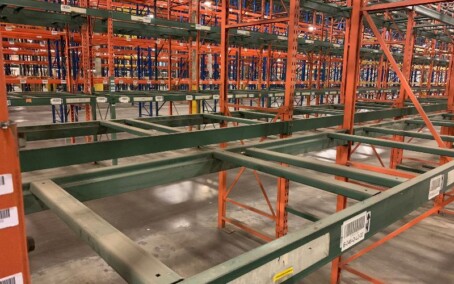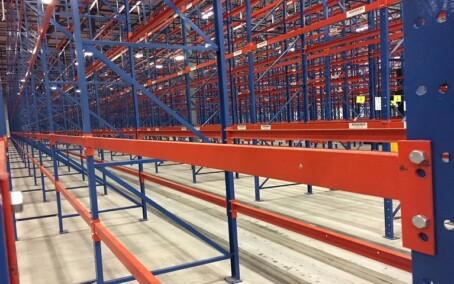Warehouses are the backbone of modern logistics, serving as hubs for storing, sorting, and distributing goods. While shelves, pallet racks, and forklifts often steal the spotlight in warehouse design, there’s a crucial yet often overlooked aspect that plays a significant role in warehouse functionality: the warehouse floor angle.
Let’s start by gaining a clear understanding of what warehouse floor angles are and why they matter.
Defining Warehouse Floor Angles
- Slope or Gradient: Warehouse floor angle refer to the slope or gradient of the floor surface within a warehouse.
- Intentional Design: The warehouse flooring intentionally incorporates these angles to facilitate various functions.
The Role of Warehouse Floor Angles
- Drainage: People often incorporate angles to aid in water drainage and prevent puddles or flooding within the warehouse.
- Safety: Floor angles play a crucial role in ensuring the safety of workers and the integrity of goods stored.
Level Floors
- Common Use: Areas where a flat, even surface is crucial, such as packing and assembly zones, primarily have level floors.
- Features: These floors have minimal to no slope, ensuring stability and ease of movement for workers and equipment.
Sloped Floors
- Common Use: Sloped floors are strategically designed to guide water or other liquids toward drainage systems.
- Features: They have a gentle incline that directs liquids away from working areas, preventing slips and maintaining a dry workspace.
Ramped Floors
- Common Use: Areas where materials need to be loaded or unloaded using wheeled equipment like forklifts or pallet jacks commonly feature ramped floors.
- Features: These floors have a gradual ramp-like slope that allows for smooth transitions between different floor levels.
Warehouse floor angles might seem inconspicuous, but they play a critical role in ensuring the efficiency, safety, and functionality of a warehouse.
Water and Debris Management
- Preventing Puddles: Sloped floors direct water away from work areas, preventing puddles that could hinder operations and pose safety risks.
- Contaminant Control: They also help manage spills and prevent contaminants from spreading, crucial in industries with strict hygiene standards.
Worker Safety
- Reducing Slip Hazards: Properly designed floor angles reduce slip hazards by promoting water drainage and preventing standing water.
- Easier Material Handling: Ramped floors facilitate smoother material handling by allowing wheeled equipment to move more easily between different levels.
Goods Protection
- Avoiding Water Damage: Sloped floors protect stored goods from water damage, particularly important for sensitive products and perishables.
- Maintaining Quality: Ensuring a dry environment preserves the quality of products and prevents corrosion or spoilage.
Efficiency is paramount in warehouse operations, and floor angles can either boost or hinder it.
Faster Material Flow
- Streamlined Movement: Ramped floors expedite the movement of materials and reduce the time needed to load and unload goods.
- Efficient Workflow: Level floors in assembly and packing areas facilitate smooth workflow, allowing workers to operate without interruptions.
Space Utilization
- Maximizing Vertical Space: Sloped floors effectively manage drainage, allowing vertical storage space to be used to its full potential.
- Optimal Layout: Warehouse layout design can benefit from the inclusion of floor angles to create efficient traffic flows.
Maintaining safe warehouse floor angles requires specific measures and considerations.
Regular Inspections
- Visual Checks: Inspect the warehouse floors regularly for signs of damage or wear, including cracks, unevenness, or erosion.
- Professional Assessment: Periodic assessments by structural engineers can help identify and address any structural concerns.
Proper Drainage Maintenance
- Clearing Drainage Systems: Ensure that drainage systems are free from debris and functioning correctly to prevent water buildup.
- Immediate Repairs: Address any issues with drainage promptly to prevent water-related accidents.
Non-Slip Surfaces
- Enhanced Safety: Non-slip coatings or materials can be applied to sloped areas to reduce the risk of accidents.
- High-Traffic Zones: They are particularly valuable in high-traffic areas.
Corrosion-Resistant Flooring
- Specific Environments: You can extend the life of warehouse floors in corrosion-prone environments by using corrosion-resistant flooring materials
- Chemical Storage: This type of flooring is commonly used in areas where chemicals are stored.
Warehouse floor angles, often taken for granted, are fundamental to the smooth and safe operation of warehouses. Whether it’s directing water away from workspaces, facilitating material handling, or optimizing storage space, these angles play a crucial role in warehouse efficiency and worker safety. Proper maintenance and consideration of specialized flooring materials are key to ensuring that these unassuming features continue to support the bustling world of warehousing.

